NEW YORK—Debris collected from a citywide sewer cleanup project was enough to almost fill three Olympic-sized swimming pools, officials announced Thursday.
The Department of Environmental Protection (DEP) cleaned 26 miles of pipe—breaking up chunks of debris using a water jet and vacuuming the sewers with 30-foot hoses snaking out of Vactor trucks. The city said there is now 1.9 million gallons of extra sewer capacity in wet weather.
Heavy rain can cause the city’s wastewater system to exceed capacity. If that happens, a mix of storm water and wastewater can flow directly in to New York Harbor, from more than 400 combined sewer outfalls throughout the city.
Interceptor sewers take both wastewater from buildings and storm water from the streets to the city’s wastewater treatment plants. During dry weather, the interceptor sewers carry about 1.3 billion gallons of wastewater per day. During heavy rain, wastewater flows in the sewers can increase to almost 4 billion gallons per day.
Overall, 7,400 miles of sewer lines and 95 pump stations take wastewater to 14 city treatment plants.
In the two-year project, the DEP first surveyed 136 miles of large interceptor sewers using a floating sonar device, and found that about one-fifth of the sewers needed cleaning.
The project will continue on a two-year cycle, along with other cleanup efforts, and is part of an overall green infrastructure upgrade that includes more than $5 billion in public and private investment.
The Epoch Times publishes in 35 countries and in 19 languages. Subscribe to our e-newsletter.
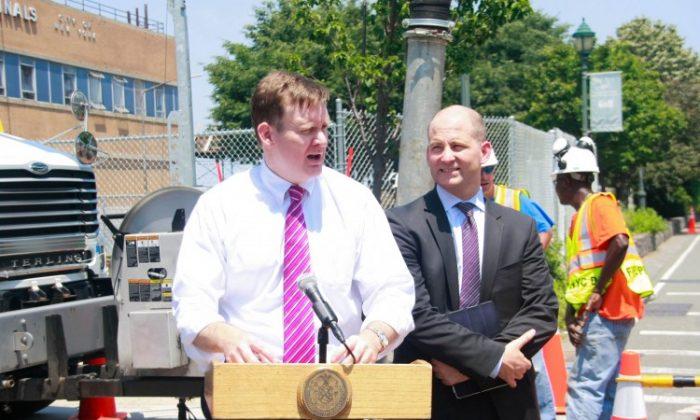

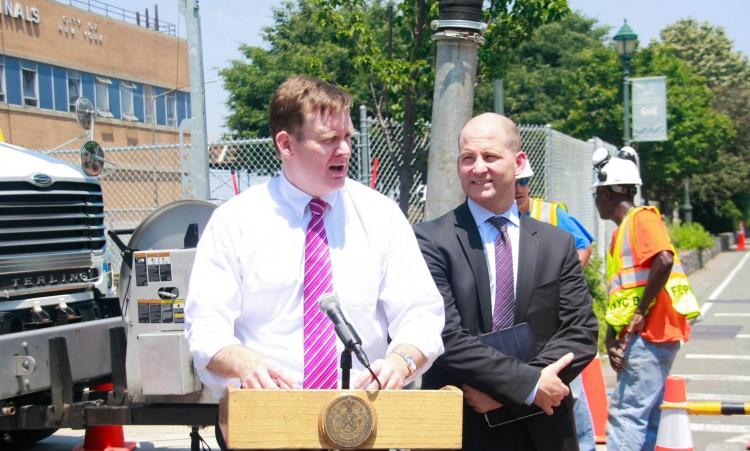
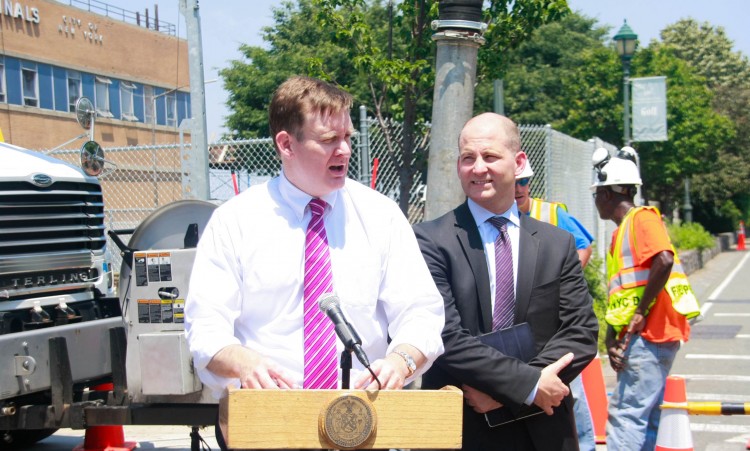

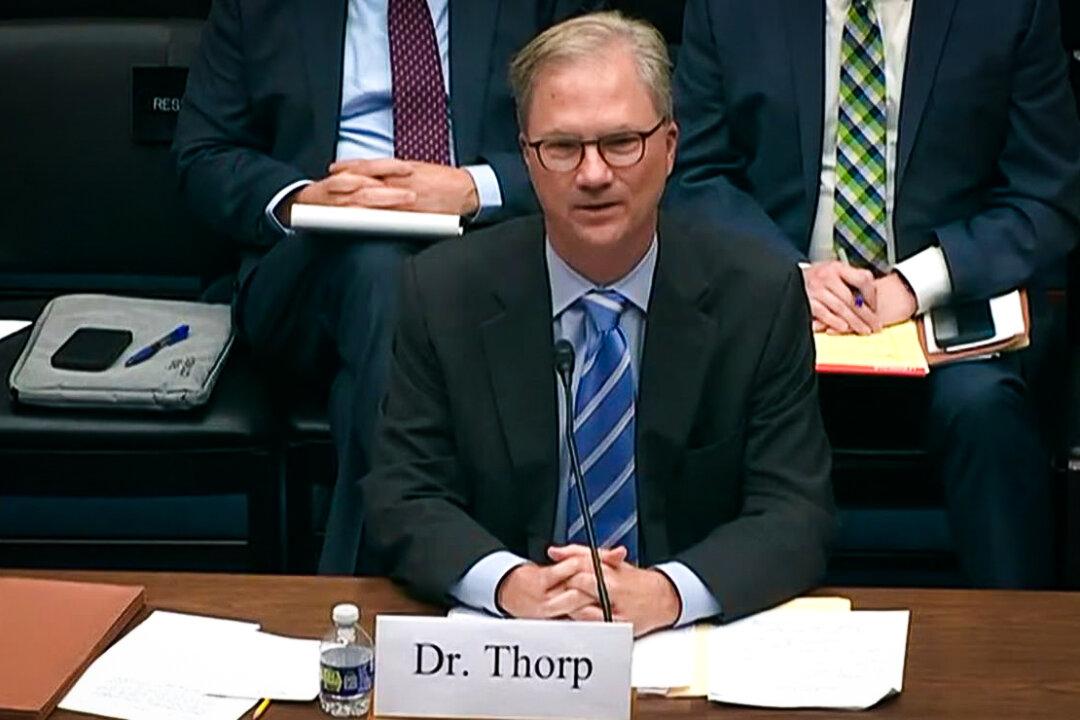

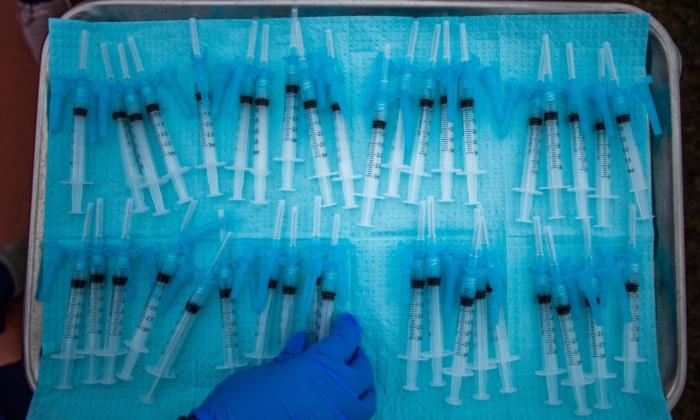
Friends Read Free